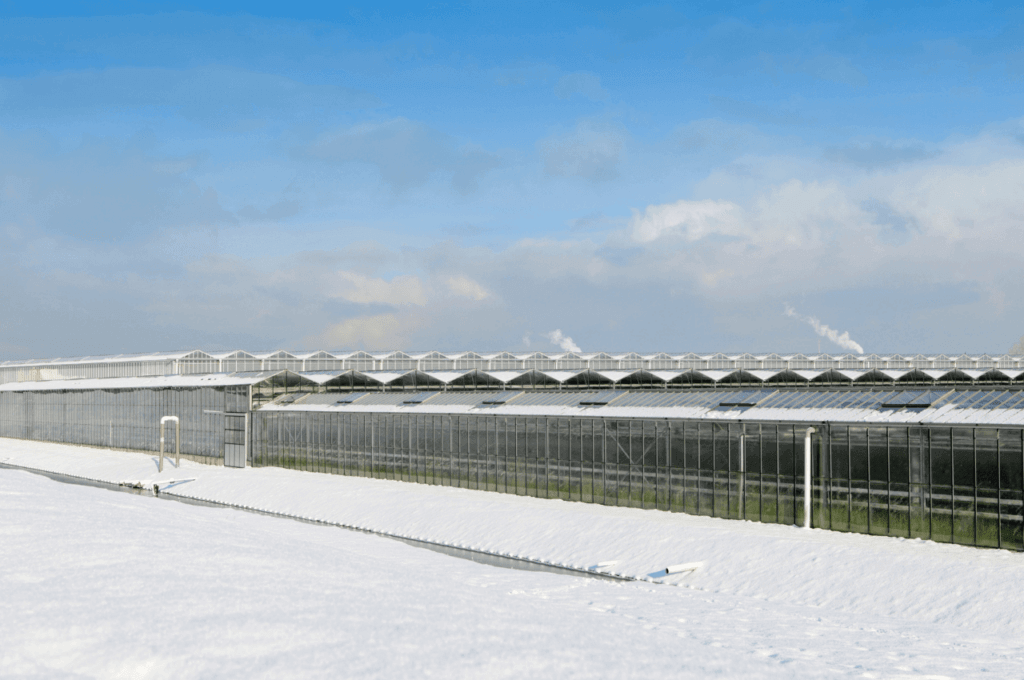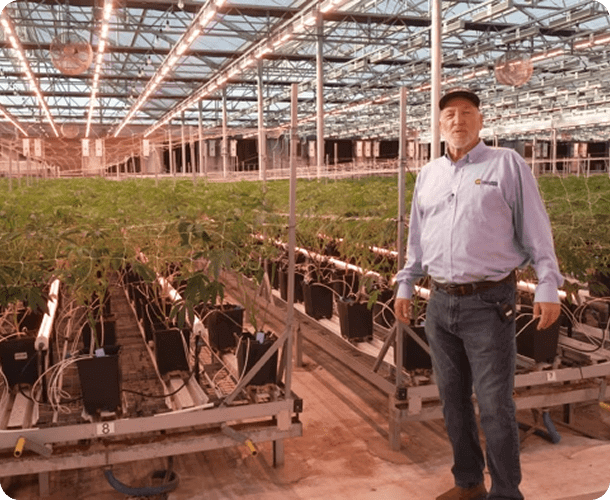As the weather gets colder, your plants will be affected by changes in temperature. Growing during the winter months can be tough, but it’s certainly not impossible to keep your plants healthy even while the weather is cold.
Even for indoor growers, there’s an increased risk for your plants during the winter. Exposure to the elements can stunt plant growth and harm your final yield. However, there are plenty of winter growing tips to keep your plants growing strong throughout the fall and winter.
Below, we’ll discuss ways to combat cold weather and help your plants thrive.
Grow Indoors, If Possible
If you’re already an indoor grower, this doesn’t apply to you, but many people grow outdoors in an outdoor enclosure like a shed. Even if your plants are protected to a degree with walls and ceilings, keeping them outside is not ideal.
The best thing you can do for your plants is move them indoors in the winter. Even moving them somewhere like the garage, while not ideal, is better than keeping them outdoors. If you can’t keep plants indoors at all times, even moving them inside overnight can make a huge difference.
If your plants have to be outside, at least invest in a shed or other structure to keep rain and snow from damaging them.
Opt For Cold-Resistant Strains
Even if you grow indoors, the more winter hardy your plants the better. Not all strains are created equally, and some resist winter temperatures much better than others. Different growers will have different guidance on which of their strains best resist the cold. There are not necessarily hard and fast rules for identifying weather resistant plants, but there are a few loose rules.
Strains known for being mold-resistant tend to be sturdier, which helps them endure a colder growing season. A shorter flowering cycle means less direct exposure to a colder climate, also a plus if you’re growing in the winter. Autoflowering strains tend to grow well, regardless of climate.
However, there’s no magic strain that will be completely immune to colder climates. You’ll still have to take extra precautions to protect your plants from cold weather, but having a strain known to hold up in cold temperatures definitely helps.
Maintain A Consistent Temperature
Monitor temperature closely throughout the winter to watch for unexpected fluctuations. Most plants do well in temperatures between 60 to 75 degrees Fahrenheit.
If you’re growing indoors, it’s fairly easy to maintain these temperatures. However, be sure to be vigilant about insulating your grow space by sealing any gaps in doors and windows. If you’re growing in an area with a colder floor, like a basement or a garage, don’t place your plants directly on the floor. Place a barrier like a rug or bench to maintain heat.
This can obviously be tricky if you’re growing outdoors, as you don’t always have control over the temperature. This is why it’s important to go for cold-resistant strains, as mentioned above.
However, keeping your plants in a heated shed or garage can help. You can also add protective covering to your plants overnight, when temperatures dip, like a burlap plant cover or even a fleece blanket or jacket.
Invest In Supplemental Lighting
Supplemental lighting does not just keep your plants warm. It can trick them into thinking it’s summer or spring, optimal growth times for many plants. For indoor and greenhouse growers, full-spectrum LED lighting can even help you customize your yield by playing with the lighting spectrum.
While HID lights tend to produce more heat than LED lights, they also burn out more frequently and come with minimal spectrum control. While LED lights do not give off as much heat, they’re vastly more energy efficient and many have full-spectrum control, allowing you to create the precise light spectrum needed to help your plants endure the winter.
California Lightworks provides supplemental greenhouse lighting with the Greenhouse Pro series, which has a lightweight design that limits shadow effect. It also has Bluetooth technology for digital spectrum control. Our Solar Xtreme series provides full-spectrum lamps while our SolarSystem series provides variable spectrum control.
The Bottom Line
Winter growing is always going to provide some unique challenges. Even with strains known for tolerating cold temperatures, the colder months are always hard on plants. You’ll need to work extra hard to maintain optimal temperature and lighting to encourage growth.
The best possible way to keep your plants healthy during the winter is switching to indoor growing. If you’re unable to keep your plants inside, take extra precautions to keep them warm. Even moving plants to an outdoor shed equipped with some kind of heating system can make a big difference.
However, do not think indoor plants will automatically be safe from the elements. Be vigilant about keeping your spaces insulated and monitor temperatures at all times. Supplemental lighting can also go a long way to ensure your plants get the light and heat they need to thrive.
We hope you find these winter growing tips helpful. As always, we’re always here to answer any question you may have about growing. Reach out here.





